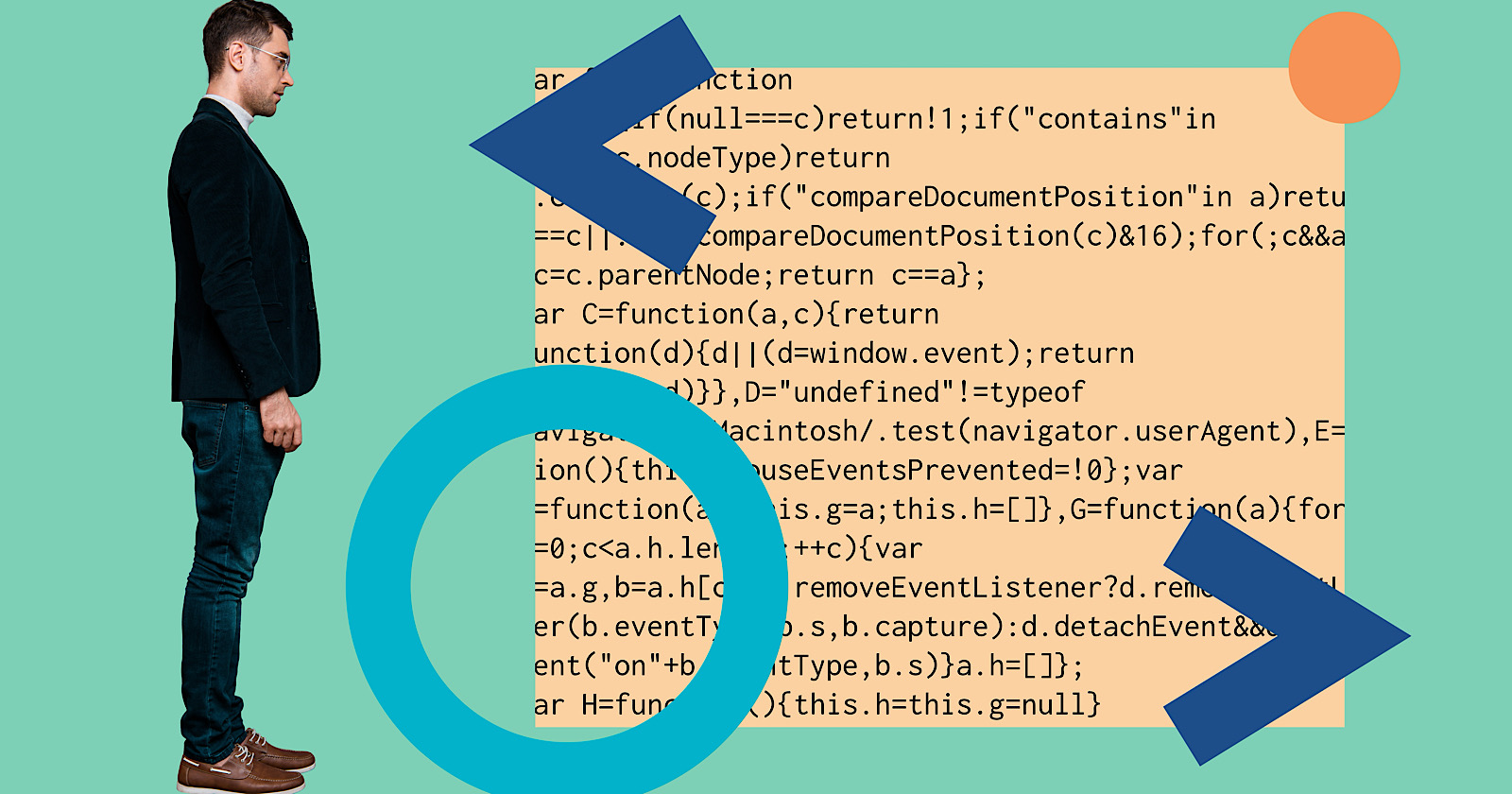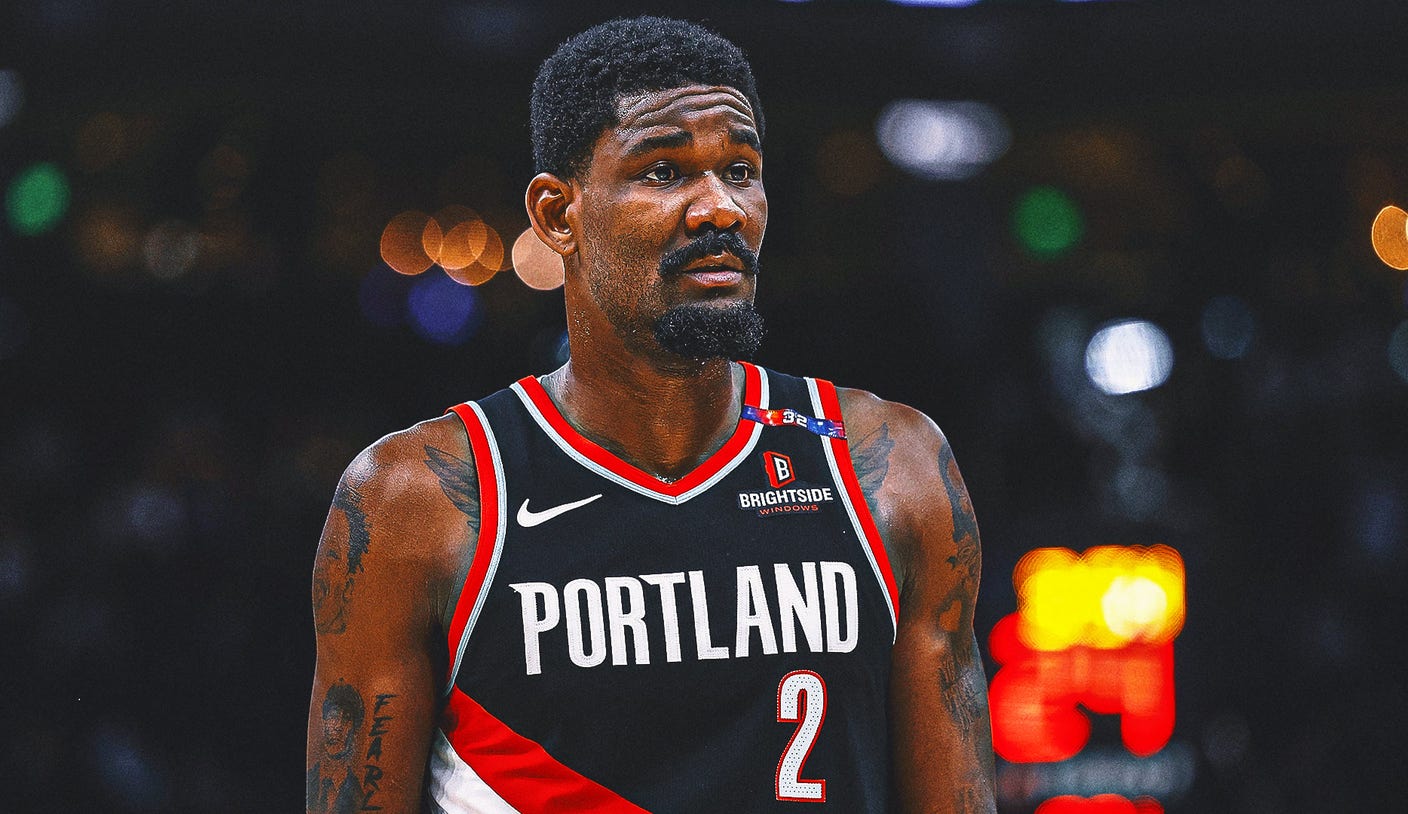Marketing during a crisis—how brands should determine when to pause a campaign
After COVID, brands are increasingly under pressure to pause or delay a campaign for current news events, lest they appear tone-deaf.

Two years ago, Planters was gearing up for a big Super Bowl spot and campaign that included the death of its century-old mascot Mr. Peanut. But not long after the brand touted his demise and advertised a funeral during the Big Game, the real-life death of basketball star Kobe Bryant occurred, throwing Planters’ plans into jeopardy.
“We knew immediately that we did not want to be talking about a fake cartoon death at a moment when there was a real death,” said Jeremy Mullman, partner and director of media engagement at ICF, which works with Planters. “We made a decision to stop the pre-promotion of that Super Bowl campaign for a few days.”
The decision to pause all online advertising was a smart one. Mullman said that the brand got credit for being sensitive and the brand ultimately moved forward the following week with the planned Big Game appearance, which included the mascot’s rebirth as Baby Nut.
Planters also got early experience in dealing with a situation all brands were thrust into when COVID-19 reared up in March of 2020—the dilemma of when to pull a marketing campaign due to current events.
“There is a bit more sensitivity in terms of posting or communicating during a big crisis,” said Smita Reddy, U.S. brand chair and global client leader at Edelman. “There’s so much paid social or organic social—you don’t want to inadvertently show up in the feed when there’s a big emergency or a national or international crisis.”
With a bevy of recent headlines including the death of Queen Elizabeth II, the damage of Hurricane Ian and the continuing war in Ukraine, marketers are facing pressure on when to delay, pause or cancel a campaign—and when to forge ahead as planned. Lexus delayed a campaign in the wake of the passing of Britain’s longest-serving monarch, and Burberry canceled a fashion runway show. Retailer John Lewis also paused a campaign to honor the queen.
Below, Ad Age compiled advice and tips from experts on what brands should be considering when they weigh a decision.
Research certain factors
When something happens in the news, brands need to do their homework when it comes to how the event might affect their planned or current campaign. Mullman said brands should be thinking about the level of appropriateness. “Is this right, does it feel icky to be talking about this right now,” he noted, adding that brands will want to avoid appearing tone-deaf.
Brands should also be watching how quickly and how much an event is dominating the news cycle and conversations on social media. Look at the “velocity,” according to Reddy. “Is the topic continuing to gain momentum within a very short period of time?”
Brands should also look at the audience the event is affecting, she said. Are the company’s target consumers weighing in? Are the journalists that would normally cover a brand’s campaign instead covering the current event? If so, a brand might be better suited holding off until it can get more attention, not just with paid social media but with earned as well.
While it may be pricey to pull or delay a media buy, marketers must also contend with the cost associated with competing for eyeballs against other events, like Hurricane Ian, which recently dominated the U.S. news cycle.
“It can be costly, but is it going to land even in that moment?” said Reddy. “It’s almost better to delay even if there is a cost associated with it, it’s probably better to have that cost than to come out with something that might be deemed as insensitive and won’t be effective.”
Be prepared
Experts say brands should engage in scenario planning, which includes mapping out key milestones. In the wake of George Floyd’s murder, for example, many brands paused Pride campaigns. Marketers ought to look at moments such as Juneteenth where campaigns should be especially sensitive, said Dave Aglar, digital integration lead for North America at Weber Shandwick.
“The more brands do this work in advance the better positioned you'll be to make these decisions,” he said.
After COVID caused E-Trade to delay a big brand campaign set to debut during March Madness in 2020, the Morgan Stanley-owned marketer is now always ready with a Plan B, and often a Plan C, according to Chief Marketing Officer Andrea Zaretsky, who is also CMO of Morgan Stanley Wealth Management.
“Now our mentality is continually contingency planning and evaluating our work against the relevant cultural landscape to make sure it’s relevant,” she said.
If, after weighing all factors, a brand does decide to move forward with a campaign rather than shift its timing, it should be prepared for consumer pushback, particularly on social media, Aglar said. He suggested having community managers and social media managers ready to monitor content and be prepared with a response.
Know your category and your customer
At Boston Beer, which is known for lighthearted marketing for both its Truly hard seltzer and flagship Samuel Adams brands, pulling back becomes a question of category, according to Lesya Lysyj, chief marketing officer. The company has found that consumers do not want the marketer’s lighthearted content placed next to serious events, she said. During COVID, Boston Beer had planned to debut two humorous campaigns—“Your Cousin from Boston” and a spot showing people having fun in a party-like setting. Both were delayed.
“Anything that is jarring negative or difficult, especially when you’re in a category that is all about lighthearted fun—it’s a contrast you don’t want to have out there,” Lysyj said.
It’s also important to know your consumer base, she noted. If something happens in the news cycle that affects younger consumers, which are Truly’s target, it might make sense to pull those ads only.
“Who is the target and how are they going to react—they do react differently to different things,” she said.
Rethink contract negotiations
One lesson E-Trade learned from its 2020 experience, which included a big out-of-home buy, is to bake in potential changes wherever possible. Along with constant contingency planning, the brand now requires its media buys to be flexible, Zaretsky said.
“Now in our negotiations with agencies and partners, we’re building in flexibility should we have to move a date,” she said. “That’s helpful from a cost perspective.”
Before COVID, buys were very rigid by comparison.
In addition, E-Trade rethinks the need to be in-person for every commercial shoot. Where it can, the brand tries to make sure it has a remote option should an emergency or a change arise.
“Must we be on site, is it 100% necessary if we have to move to Plan B?” said Zaretsky.
Consider pausing only some channels
An entire campaign does not have to pause because of an event, experts said. Brands might be well served stopping some portions of a push while keeping other channels running.
Different marketing channels come with “different risk profiles,” noted Weber Shandwick’s Aglar. Indeed, social and digital channels might carry the most risk of consumer backlash, but continuing search marketing, which would only engage customers actively looking for your brand, could remain beneficial for a brand. Marketers should consider keeping as much of a campaign running as they can and still avoid any damage.
“The channel considerations of how you alter your campaign is a huge factor,” said Aglar.
Recognize when to resume advertising
When thinking about when to start or restart a campaign after a delay, brands should look at a variety of factors. Brands should monitor social media coverage to see if conversation around the news event has died down, said Edelman’s Reddy. For the queen’s passing, for example, Edelman was advising different timing for clients in the U.K. versus the U.S.
At E-Trade, Zaretsky recommends testing the work when possible. During the pandemic, the brand did some quick customer research to see if consumers would be receptive to the brand’s irreverent and witty campaign. Focus groups and emailed surveys, along with in-market testing, are also helpful to see how work is landing, she said.
“That’s how we roll now,” she said. “We’re constantly putting creative in front of clients to see if it meets the mark and is in line with how we want to show up.”

 Troov
Troov 
































